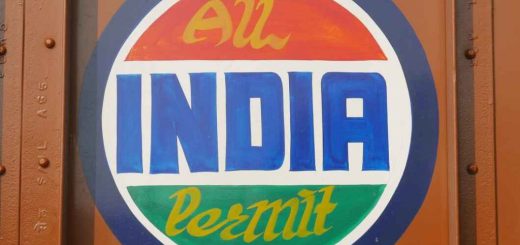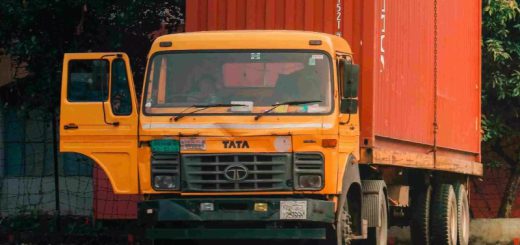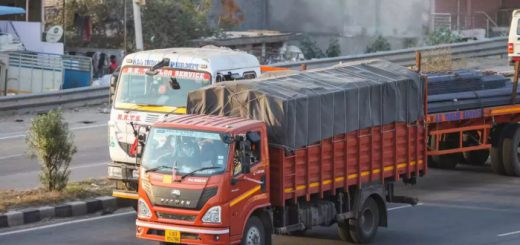India Begins Operationalizing First Leg of IMEC Economic Corridor
Nine months after its announcement, work has commenced on the first phase of the India-Middle East-Europe Economic Corridor (IMEC). This ambitious project aims to connect India and Europe through the Arabian Peninsula via sea and rail links.
The initial focus is on streamlining operations between ports on India’s western coast—Mundra, Kandla, and Nhava Sheva—and UAE ports like Jebel Ali and Fujairah. India has set an ambitious 100-day deadline to harmonize vessel, voyage, and cargo-related procedures between these ports.
A senior government official explained, “We’re moving towards a digital platform for exchanging vessel and voyage-related documents between ports on both sides of this maritime leg. This will enhance operational efficiencies, simplify compliance requirements, and facilitate trade and ease of doing business.”
The goal is to create a virtual platform where port authorities from both countries can seamlessly exchange documents related to vessel and cargo clearances. While shipping routes between India’s western coast and the UAE are already active, this simplification of procedures aims to make the transportation process more efficient.
The IMEC project, launched during the G-20 Summit in New Delhi last September, involves India, the US, the UAE, Saudi Arabia, Italy, France, Germany, and the European Union. The corridor’s complete route includes sea transit from India to the UAE and Saudi Arabia, followed by a rail link to Jordan, then sea transit to Turkey, and finally rail transport to Europe.
RITES (Rail India Technical and Economic Service Limited), a PSU under the Ministry of Railways, may engage with stakeholders to facilitate the smooth implementation of this initiative.
Once fully operational, the IMEC could provide an alternative route for cargo from India to Russia and Europe, bypassing the conventional Red Sea route through the Suez Canal. This is particularly significant given that 37% of India’s total foreign trade with Europe currently passes through the Suez Canal, which has seen a record drop in transits this year due to attacks by Houthis.
A key component of the IMEC is the rail link between Saudi Arabia and Jordan. When this infrastructure is in place, cargo from Indian ships can be transported by rail to Jordan and onward to Europe, avoiding the need to cross the Red Sea and use the Suez Canal.
Multiple rounds of meetings have taken place between officials from various Indian ministries, including external affairs, shipping, and commerce, to discuss India’s role in the IMEC. A joint working group comprising stakeholders from these ministries, along with the railways and customs departments, has been formed to iron out details.
Also Read:- Tata Motors Debuts “Fleet Verse”: An Online Hub Showcasing Their Entire Commercial Vehicle Lineup
However, officials clarified that the entire IMEC corridor is not being operationalized immediately. The focus is on the first leg of the corridor, which they plan to operationalize within the first 100 days of the Modi government’s new term.
In preparation for the IMEC’s full implementation, India is already working to augment the capacity of its western ports to support increased export-import cargo. The Union Cabinet recently approved a proposal to develop a Rs 76,220 crore deepwater port at Vadhavan in Maharashtra’s Palghar district, which will also be linked to the corridor. Once complete, it will be India’s largest container port in terms of both capacity and draft.
Currently, three ports on India’s western coast will be linked to IMEC: Jawaharlal Nehru (Nhava Sheva) Port in Maharashtra’s Navi Mumbai, and Kandla (Deendayal) and Mundra ports in Gujarat’s Kutch.
The operationalization of the IMEC represents a significant step in enhancing India’s global trade connectivity and could potentially reshape trade routes between India, the Middle East, and Europe.
Reference By:- https://indiaseatradenews.com/




Recent Comments